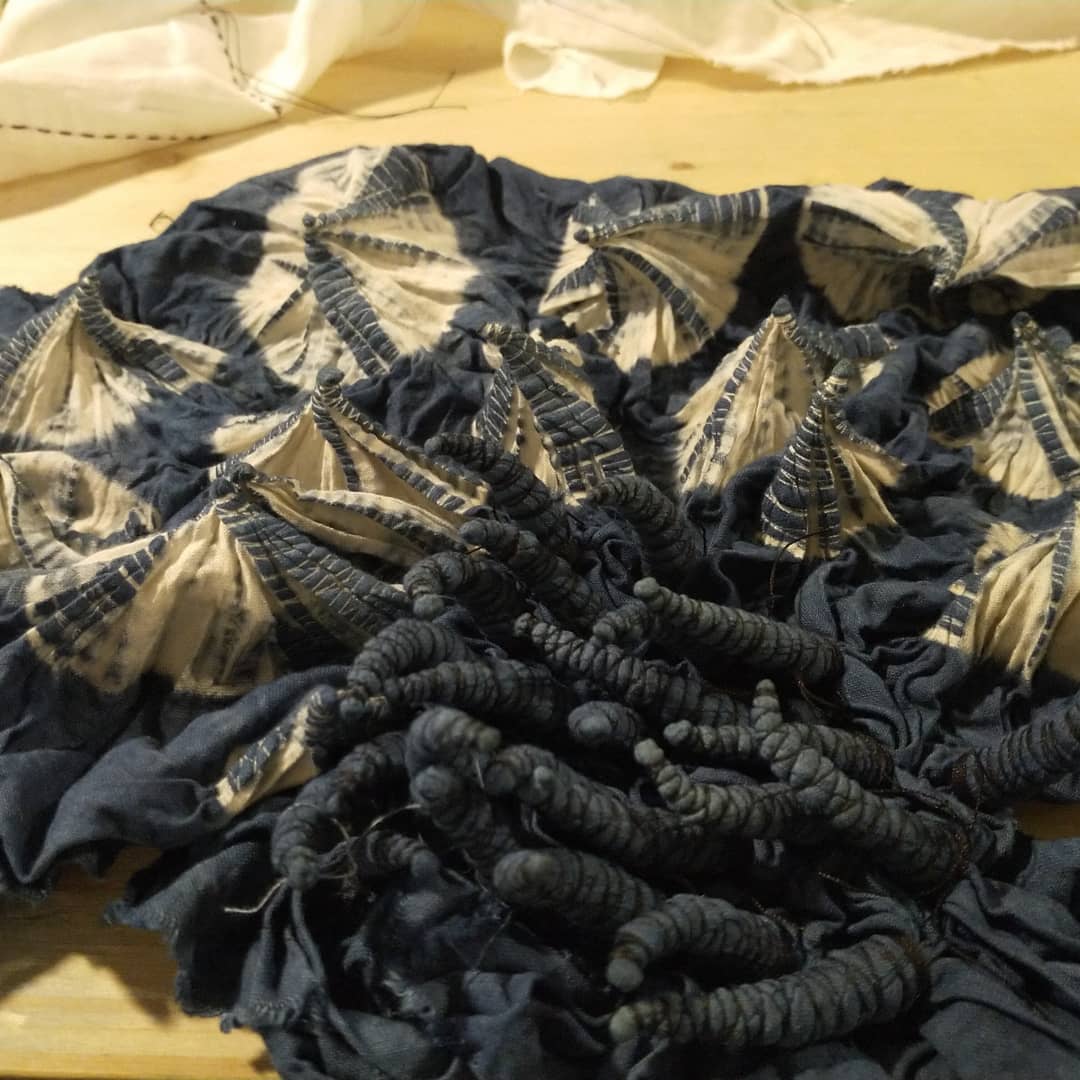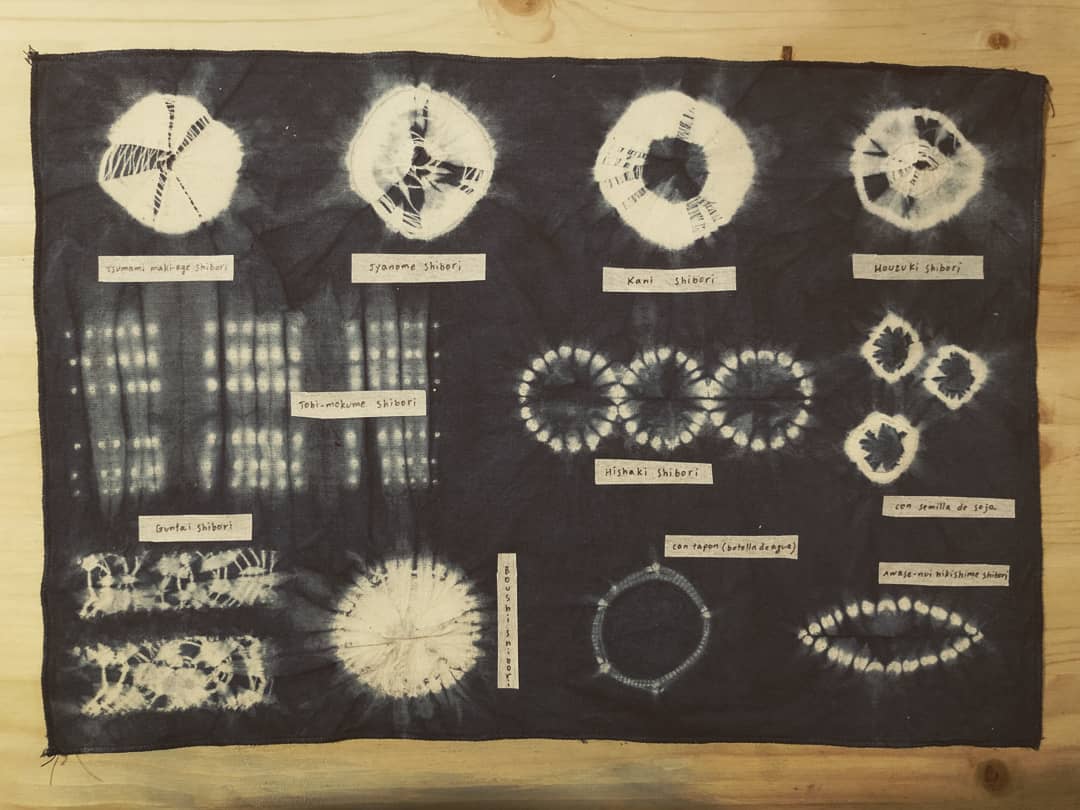Shibori initiation
In this workshop you will be introduced to the ancient Japanese manual resist dyeing technique used on textiles to create patterns that spread unevenly across the fabric, Shibori.
Shibori, coming from the word shiboru (to wring or squeeze), is less about a singular technique and more about the approach to dyeing in relation to the textile being dyed. This may sound abstract – hardly a rarity in Japan’s cultural arts – but is based on the fact that there are innumerable ways to bind, stitch, fold, twist or compress cloth for shibori. This, of course, affects the appearance of the final product, as will the length of time for which the textile is exposed to the dye, not to mention the color of the dye itself. Silk, hemp and cotton tend to work well with shibori, whereas indigo has long been the favored organic dye of Japanese artisans.
It is this harmony between the characteristic of the fabric, the color of the dye being used, the technique applied and the practitioner’s vision that is the essence of shibori.
In the workshop the main knots used in this technique will be reviewed, the work with the Indigo will be shown and the technique will be applied in a typical Japanese cotton bag, the Azuma bag.
About the teacher:
Yuna Kono









